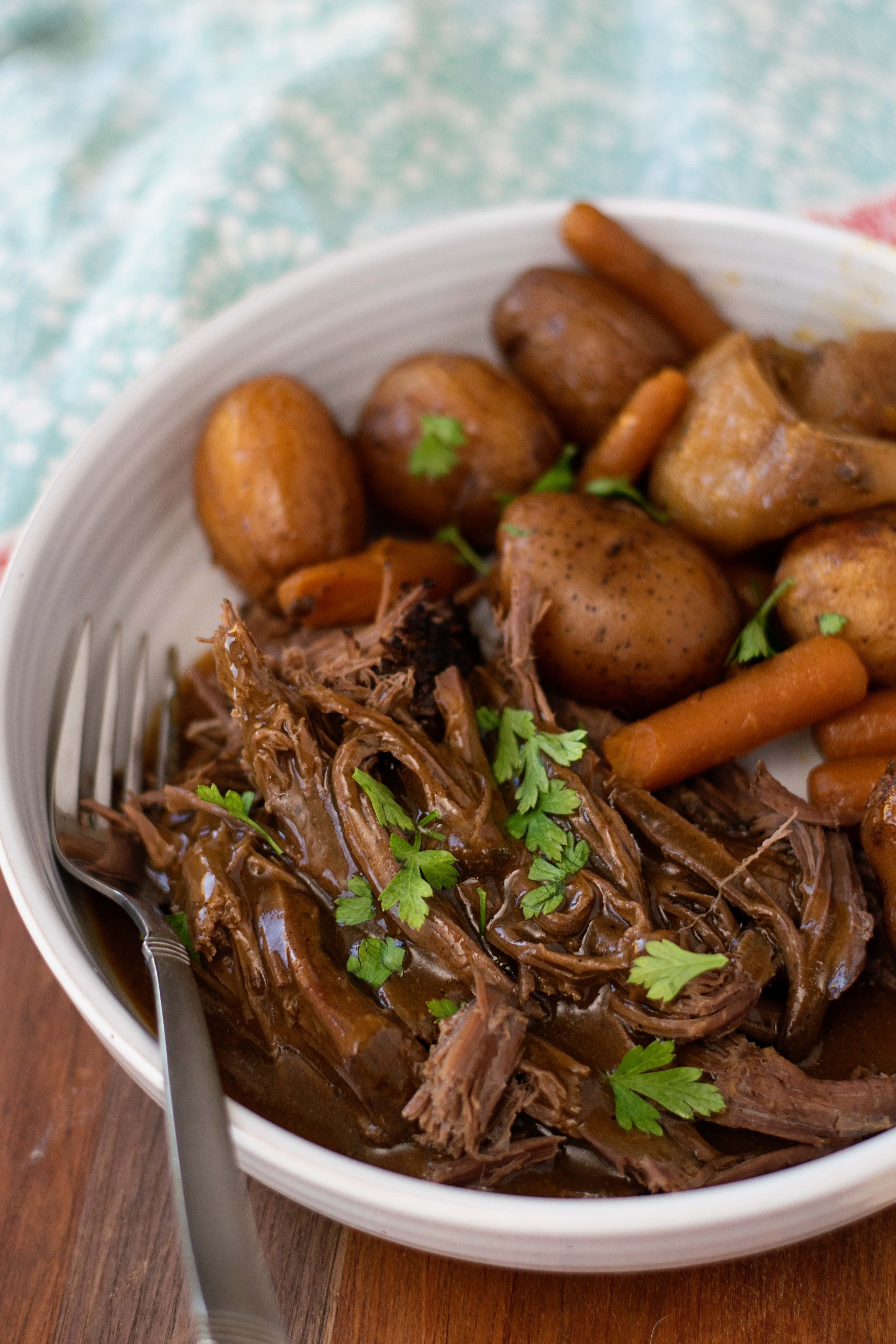Meat Sauces and Flavoring Concepts for Flavorful Dishes
Meat Sauces and Flavoring Concepts for Flavorful Dishes
Blog Article
From Farm to Table: Fresh and Costs Meat Choices
The journey of meat from ranch to table encapsulates a complicated interaction of high quality, values, and sustainability. This shift not just enhances the nutritional account of meat but additionally supports regional economies.
Comprehending Meat Sourcing
As customers become significantly knowledgeable about the origins of their food, recognizing meat sourcing has gotten paramount value. Meat sourcing entails tracing the journey of meat from ranch to table, incorporating various aspects such as farming techniques, animal welfare, and ecological influence. This awareness equips customers to make enlightened choices that align with their values, particularly pertaining to sustainability and moral considerations.
The sourcing of meat can vary significantly based upon numerous criteria, consisting of the kind of livestock, farming approaches, and geographical area. For example, grass-fed beef typically comes from pasture-based systems that advertise animal welfare and lower ecological deterioration. Alternatively, conventional meat might entail intensive farming methods that increase problems pertaining to antibiotic usage and environment devastation.
In addition, traceability plays an important function in meat sourcing. Knowing the specific ranch or area where the meat originates helps consumers guarantee quality and safety. Many customers currently look for qualifications or tags that suggest gentle therapy and lasting practices, reflecting an expanding demand for openness in the food supply chain. Inevitably, recognizing meat sourcing not only boosts consumer choice yet also cultivates accountable consumption and supports ethical farming methods.
Benefits of Fresh Meat
Choosing fresh meat offers numerous advantages that prolong beyond flavor and structure. Fresh meat usually retains higher nutritional value compared to its icy or refined equivalents. It is typically richer in crucial nutrients, such as B vitamins, iron, and zinc, which are critical for preserving general wellness.
Additionally, the sourcing of fresh meat frequently entails much shorter supply chains, lowering the time in between ranch and table. This suggests that the meat is much less likely to shed its dietary integrity throughout transport and storage. Furthermore, consumers can experience boosted taste and juiciness, which can elevate cooking experiences.
Fresh meat additionally supplies an opportunity for consumers to support neighborhood farmers and promote lasting farming techniques. When buying from neighborhood resources, people can add to their local economy and cultivate a higher connection to the food they eat.
Last but not least, fresh meat is normally complimentary from the preservatives and additives frequently discovered in refined alternatives. This makes it a cleaner, healthier choice for those wanting to decrease their intake of fabricated ingredients. Generally, the advantages of selecting fresh meat include health and wellness, preference, and a feeling of neighborhood engagement.
Pet Well-being Criteria
Guaranteeing high animal well-being standards is important for both honest considerations and the high quality of meat products. The treatment of livestock straight influences not just the moral ramifications of meat manufacturing but also the overall high quality and safety of the end items. Animals increased in gentle problems are less worried, leading helpful resources to healthier animals and, consequently, superior meat quality.
Regulations and accreditations worrying animal welfare have actually ended up being significantly significant in the meat industry. These frameworks make certain animals are provided with ample space, correct nutrition, and humane handling throughout their lives. Practices such as pasture-raised systems and free-range settings contribute to much better animal well-being by enabling pets to display all-natural actions, which is crucial for their well-being.
Furthermore, customers are ending up being much more discerning regarding try this the sources of their meat, resulting in an expanding demand for products that stick to stringent animal well-being requirements. This shift not only promotes ethical farming methods but likewise motivates manufacturers to take on steps that boost the health and wellness and welfare of their pets. Meat. Ultimately, prioritizing animal well-being is not simply a moral imperative; it is additionally a pathway to generating premium-quality meat that satisfies customer expectations

Lasting Farming Practices
Lasting farming methods play an important role in improving both pet welfare and the quality of meat items. These practices emphasize the importance of environmental stewardship, moral therapy of livestock, and resource performance. By executing rotational grazing, farmers can promote healthy field communities, permitting animals to feed on nutrient-rich grasses while protecting against overgrazing. This technique not only supports animal health and wellness yet also enhances the soil, decreasing the demand for synthetic fertilizers.
Furthermore, sustainable farming often incorporates incorporated pest monitoring and natural feed alternatives, minimizing making use of dangerous chemicals. This approach not just safeguards animal health but likewise leads to cleaner, more secure meat items for consumers. Water preservation techniques, such as rainwater harvesting and efficient irrigation systems, further add to lasting techniques, making sure that resources are made use of sensibly.
In addition, promoting biodiversity via polyculture systems and maintaining environments for wildlife improves the resilience of farming communities. By focusing on these sustainable approaches, farmers can produce top notch meat that satisfies consumer demand while advertising ecological balance. Ultimately, embracing sustainable farming practices is essential for creating a much more liable and resilient food system that benefits animals, farmers, and consumers alike.
Choosing Top Quality Over Quantity
Regularly, customers are confronted with the dilemma of selecting between quantity and quality when it involves meat items. While acquiring original site bigger amounts may appear financially beneficial, the long-lasting advantages of picking top quality meat much outweigh the instant savings. Quality meat is typically sourced from pets elevated in sustainable settings, where they are given appropriate nourishment and treatment, leading to superior flavor and nutritional value.
Top notch meats are typically without unsafe ingredients, hormones, and anti-biotics that are usually existing in mass-produced alternatives (Meat). This not only makes sure a much healthier eating experience however additionally supports moral farming methods that prioritize animal welfare. Additionally, costs meats tend to have a better texture and flavor, boosting the overall culinary experience
Purchasing high quality meat encourages consumers to value smaller sized sections, enabling a much more mindful strategy to eating. This shift not just affects individual health and wellness positively but additionally promotes lasting usage patterns that can benefit the atmosphere. In final thought, prioritizing high quality over amount when choosing meat products promotes an extra liable and health-conscious way of life, inevitably improving both the dining experience and the planet.
Conclusion

Report this page